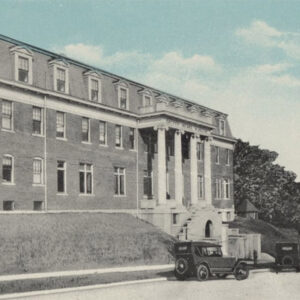 Sacred Heart Academy
Sacred Heart Academy
Entry Category: Religion - Starting with S
 Sacred Heart Academy
Sacred Heart Academy
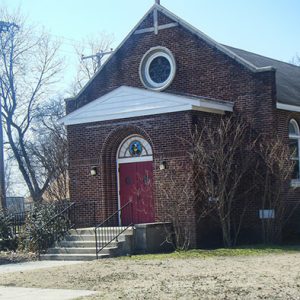 Sacred Heart Catholic Church
Sacred Heart Catholic Church
 Sacred Hearts Rectory
Sacred Hearts Rectory
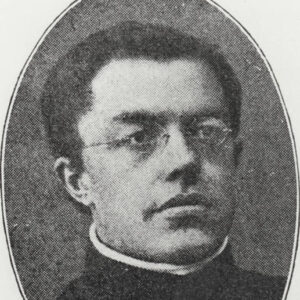 Father Matthew Saettele
Father Matthew Saettele
 Salem Methodist Church
Salem Methodist Church
Salvation Army
Sanders, Ira Eugene
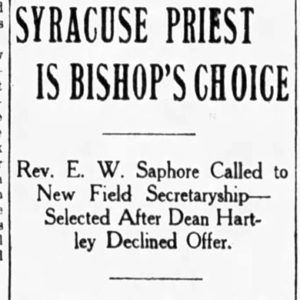 Edwin Warren Saphore Article
Edwin Warren Saphore Article
Saphore, Edwin Warren
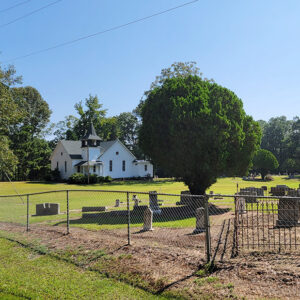 Sardis Methodist Church
Sardis Methodist Church
Sartain, J. Peter
Sawyer, Sophia
 Joseph A. Scarboro
Joseph A. Scarboro
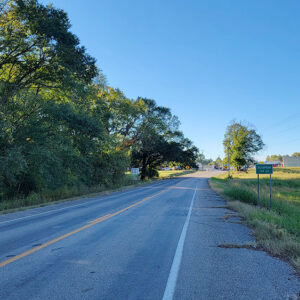 Entering Scranton
Entering Scranton
 St. Ignatius Church
St. Ignatius Church
 Scuba Lessons
Scuba Lessons
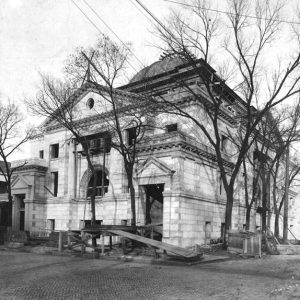 Second Baptist Church
Second Baptist Church
Seventh-Day Adventists
Shady Grove Delmar Church and School
 Sherrill United Methodist
Sherrill United Methodist
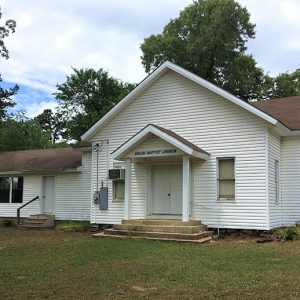 Shiloh Baptist Church
Shiloh Baptist Church
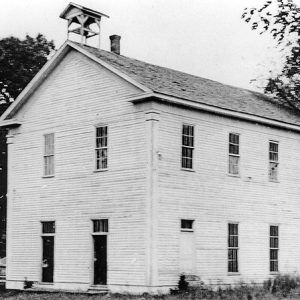 Shiloh Church
Shiloh Church
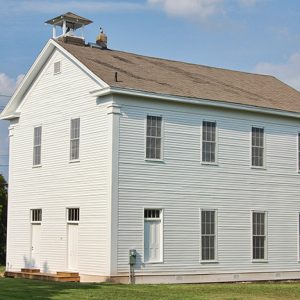 Shiloh Church
Shiloh Church
Shiloh Meeting Hall
aka: Shiloh Church
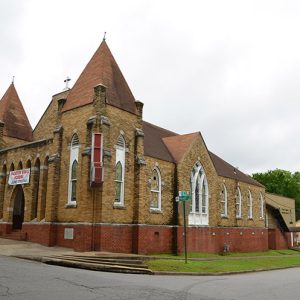 Shiloh Missionary Baptist Church
Shiloh Missionary Baptist Church
Shiloh Missionary Baptist Church
Shorter College
aka: Bethel Institute
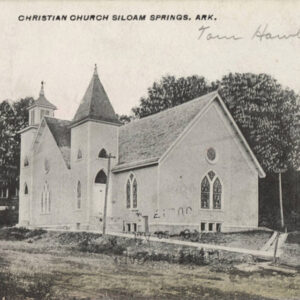 Siloam Springs Church
Siloam Springs Church
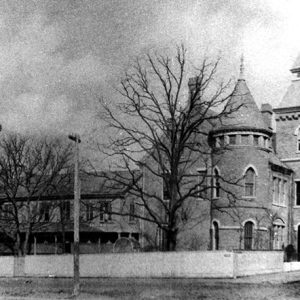 Sisters of Mercy Convent and Mount St. Mary Academy
Sisters of Mercy Convent and Mount St. Mary Academy
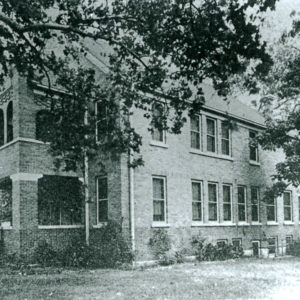 Sisters' School
Sisters' School
 Skyland Baptist Church
Skyland Baptist Church
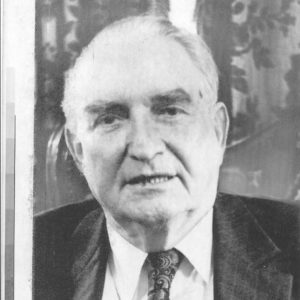 Gerald L. K. Smith
Gerald L. K. Smith
Smith, Gerald Lyman Kenneth
Smith, Hay Watson
Smith, Ocie Lee (O. C.), Jr.
 O. C. Smith
O. C. Smith
 Snowball Baptist Church
Snowball Baptist Church
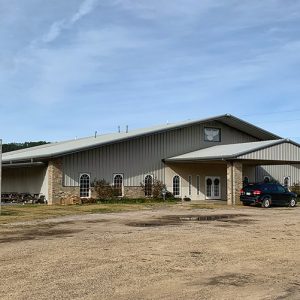 Solid Rock Church
Solid Rock Church
 Southern Guardian
Southern Guardian
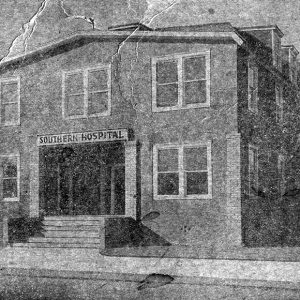 Southern Hospital
Southern Hospital
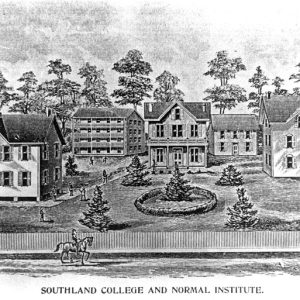 Southland College
Southland College
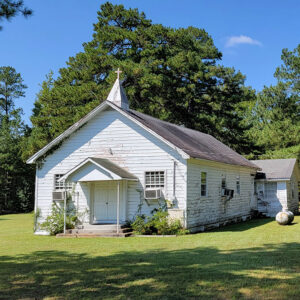 Sparkman Church
Sparkman Church
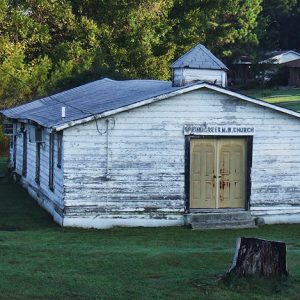 Spring Creek Missionary Baptist
Spring Creek Missionary Baptist
St. Agnes Catholic Church
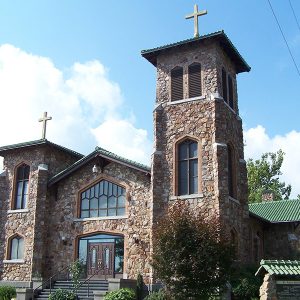 St. Agnes Catholic Church
St. Agnes Catholic Church
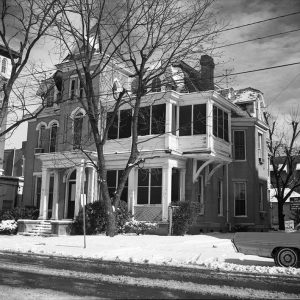 St. Andrew Rectory
St. Andrew Rectory
St. Andrew’s College
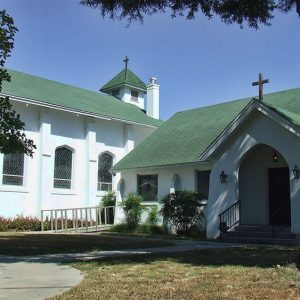 St. Andrew’s Episcopal Church
St. Andrew’s Episcopal Church
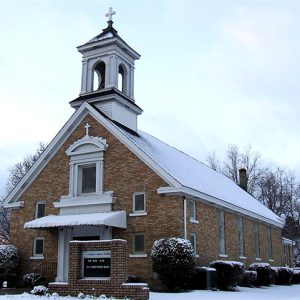 St. Anthony Catholic
St. Anthony Catholic




